Ali Banisadr. Beautiful Lies
- When: April 30, 2021 - August 29, 2021
- this event is ended
Contemporary artArt Exhibitions in Firenze
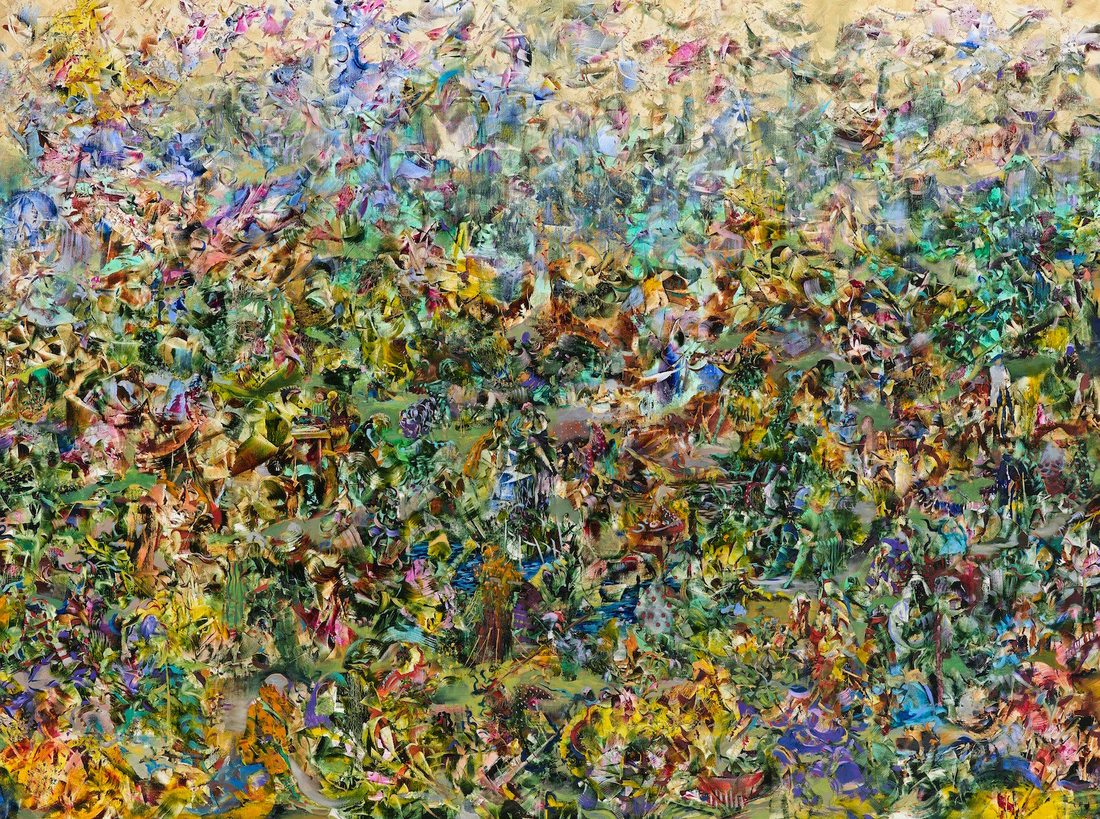
The Museo Novecento comes out of its premises and proposes a new appointment with international contemporary art in Palazzo Vecchio, in the Sala dei Gigli, and at the Stefano Bardini Museum, where from April 30 to August 29 2021, the BEAUTIFUL LIES exhibition will be held Ali Banisadr, artist born in Tehran in 1976.
After leaving Iran at the age of only twelve with his family, Banisadr first reached Turkey and then the United States, stopping first in San Diego, then in San Francisco and then in New York, where the artist lives. today again.
The exhibition, the artist's first in an Italian public museum and the first in Florence, confronts his work with the art and history of Florence: at the Bardini Museum the artist's paintings will be in dialogue with the works of collection created by Stefano Bardini, with marbles and medieval and Renaissance paintings, with Persian carpets and with shining armor preserved in the museum characterized by the famous 'blue' Bardini, while in Palazzo Vecchio, Banisadr was invited to create three site paintings -specific, inspired by the reading of Dante's Divine Comedy, a special event imagined by the director of the Museo Novecento Sergio Risaliti on the occasion of the celebrations for the 700th anniversary of the death of the Supreme Poet.
"The Banisadr exhibition - underlined the councilor for culture Tommaso Sacchi - collects many suggestions: first of all the inspiration due to the figure of Dante, whose 700th anniversary of his death this year; then the tragic nature of the artist's existence that is incorporated into the tragic nature of the wars and conflicts, even forgotten, of the twentieth century; and finally the sum of multiple arts and styles that draw on the places where the artist lived and studied that come together in a very original and highly evocative style of painting, a warning of the chaos in which we are immersed and from which perhaps we will not be able to emerge. Bringing a Banisadr solo show to Florence, in our civic museums and for the first time in Italy, will therefore provide a new dialogue on these universal themes and a new window between the art of yesterday and today, mixed and recreated to speak with the 'the only possible language, the human one ”.
... read the rest of the article»
Originally from Tehran, Ali Banisadr moved to the United States with his parents when he was still a child. His first drawings were made in the basement of his home, while everything around it collapsed under the bombing. At the age of twenty, Ali Banisadr reached San Francisco, making contact with the Mission School art scene. He then moved to New York in 2000 where he attended the School of Visual Art. In 2006, while attending the New York Academy of Arts, he received a scholarship to travel to Normandy. Visiting the beaches on D-Day, Ali experienced a sort of "hallucination". He says he had the certainty of being in the midst of those past events, finding himself physically reliving the landing and "being able to hear the hisses and bangs, to perceive everything in the body as something real". That experience was for him a real initiation and revelation. Upon his return to New York, he began making charcoal drawings - "more real than anything done before, freer and more instant", all based on the sound of explosions - similar, in this, to the sketches he made during his childhood. "It was a revelation for me because I really felt these drawings in my body - said the artist - I knew that this was an experience too important not to be carried out." His work elaborates in this sense a typical process of simultaneity multisensory, a typical example of synaesthesia, which occurs when two different sensory experiences coexist. Each of his paintings is the simultaneous combination of intuitions and perceptions between visual memory, sounds, impressions, deep memories, creative imagination, other data that come into play as a whole and at the same time. "I can paint something starting from memory, from an inner vibration that still lives in my depths, or that is generated by a sound I heard when I was a child ... was born was so real to me ... the crater painted during that trip to the beach appeared so suddenly that it immediately connected to my earliest memory of hearing the explosion of bombs and seeing craters in the ground. I remember it all came out so quickly that I used everything around, rags, spatulas, twigs or whatever just to convey the feeling I was having of a past memory ”.
This synaesthetic connection between auditory and visual memory is consistent throughout his work and determines its formal construction. And if the imagery represented is very personal and internal, the way to formalize it instead looks continuously at the history of Western art and the tradition of its country of origin. In front of his works, there are iconographic sources from Hieronymus Bosch and Goya, but also from Max Ernst and de Kooning, always combined with the memory of Persian art. Banisadr is also attracted to the landscape painting of Northern Europe, vivid with luminous contrasts and always crossed by grandiose atmospheric events: “For the most part I have always been interested in historical Renaissance paintings, as they are more allegorical, mythological and do not concern a time or a particular place. I have never been a fan of nineteenth century history paintings since they became propaganda and focused on national histories, on a given time and place ”.
His paintings are inhabited by a surreal crowd of dozens and dozens of figures, who seem to appear and vanish in the pictorial surface of his paintings which is as if scraped and brushed by a storm that drags those masses of bizarre and monstrous beings into an apocalyptic chaos. grotesque and alien. It is a pandemonium, where chaos is however ordered, even if every creature that inhabits this universe does not correspond in the features to recognizable and identifiable characters, as in the pictorial tradition of the past. Banisadr's world is turbulent and about to be swept away by a violent explosion, a cataclysm, an apocalyptic reality. Everything is in motion, the different areas of the painting shake at different speeds, now the figures are petrified, now they are frenetic. There is something fascinating and confusing that rejects any objective description and the subject seems as evanescent as it is mysterious. These are absolutely fascinating compositions because they create amazement and a strong restlessness. Like a symphony with high, thundering, and dissonant notes, which finds a classic balance thanks to the skilful organization of depth planes, the temperature of the colors, the synesthetic attention with which the strengths within that world are distributed, without a main focus and a privileged point of view.
The vision is as if taken from a bird's eye view, and the eye is never inclined to concentrate on a single focal point, on a single action, an emerging figure, while the richness and variety of almost anthropomorphic or naturalistic details leaves you almost stunned, like when you turn in a carousel and the whole world unfolds on a plane starting to blur in relation to speed. Skip the hierarchy. Banisadr does not use the geometric perspective to align the different elements in play according to importance. Pollock's drippings can come to mind even if the type of work done by Banisadr with spatulas and brushes is definitely different. We could think of Pollock, Lee Krasner and Willem De Kooning as much as Hieronymus Bosch and Pieter Bruegel for this: in some ways in their paintings, with due iconographic differences, we do not recognize a center, "their composition is therefore said all over , because every part of the painting, every figure you put into it - every animal, tree, whatever - is as important as the others. - explains the artist -. There is no hierarchy. I find all this very interesting. Because the eyes can move in the painting and there is no way to find a hierarchical figure. Everyone is the same, everyone shares this energy in the painting ”.
Attracted by a surprising chromatic research, we proceed to navigate with our gaze in a sort of eccentric cosmogony seen from above and then drop down towards the microcosm, animated by countless details, and it is as if the carousel slows down and the gaze rests on mysterious revelations, incomprehensible, improbable beings, belonging to fantastic worlds, to the monstrous and otherworldly. Surreal and absurd medieval bestiaries come to mind, oriental landscapes where the stones take on anthropomorphic and strange animal shapes. In his aesthetic experience, abstract and figurative, modernist language and medieval imagery coexist. The agitated whirlwind of his canvases stages an entire world, which draws on the past and the present, and preserves both of them, offering us a timeless vision that is never limited to a closed cultural context, simultaneously drawing inspiration from the art of yesterday and today.
This way of working is one of the main reasons why Banisadr was so fascinated by Dante. Even in the verses of the Comedy there is the whole world: Alighieri - for Banisadr who is a passionate reader - welcomed characters from mythology and epic poems, historical and political figures of his time. And Hell, at times, is that place where apocalyptic scenarios become real. A synthetic poem, a pandemonium that strongly impressed Banisadr. And this multitude of figures helped to create the visionary world we all know, a world encyclopedia of knowledge.
"Beautiful Lies" is one of the works inspired by Dante that will be exhibited in the Sala dei Gigli in Palazzo Vecchio, in front of Donatello's Judith and Holofernes, and was chosen to give the title to the entire exhibition. The "beautiful lie" under which the truth is hidden is an expression used by Alighieri to speak of his works and allegorical poems in general, and is perfectly suited to the work of Banisadr, who with his energetic and his colors ranging from psychedelia to monochrome, stages his private world (and the universal one), made up of violence and isolation, anguish and wonder, but also of memory and imagination.
Title: Ali Banisadr. Beautiful Lies
Opening: April 30, 2021
Ending: August 29, 2021
Organization: Mus.e.
Curator: Sergio Risaliti
Place: Museo Stefano Bardini e Museo di Palazzo Vecchio, Sala dei Gigli
Address: via dei Renai 37 - Firenze
Opening times:
Museo Stefano Bardini, via dei Renai 37 (Ponte alle Grazie)
Orari: lunedì, venerdì, sabato e domenica ore 11.00 – 17.00.
Museo di Palazzo Vecchio, Sala dei Gigli, Piazza della Signoria
Orari: lunedì, martedì, mercoledì, venerdì, sabato e domenica ore 9.00 – 19-00; giovedì ore 9.00 – 14.00.
The exhibition ticket is included in the entrance to the respective museums
Info
Museo Novecento
Piazza Santa Maria Novella 10 | Firenze
e.mail: info@muse.comune.fi.it | segreteria.museonovecento@muse.comune.fi.it
More info on this website: http://www.museonovecento.it/
Other exhibitions in Firenze and province
Contemporary artexhibitions Firenze
Anselm Kiefer: Fallen Angels
From March 22nd to July 21st, 2024, Palazzo Strozzi hosts a major exhibition dedicated to one of the greatest masters of art between the 20th and 21st centuries, Anselm Kiefer. read more»
Contemporary artexhibitions Firenze
Emily Jones. The Muddy Choir
Join us for the opening reception of The Muddy Choir, solo show by Emily Jones. The exhibition will open this Friday, February 23, from 6.30 to 9.00 p.m. read more»
Photographyexhibitions Firenze
Alessandra Ferrini. Unsettling Genealogies
Museo Novecento is pleased to present from Feb. 17 to April 28, 2024, an exhibition by Florence-born and London-based artist Alessandra Ferrini entitled "Unsettling Genealogies". read more»
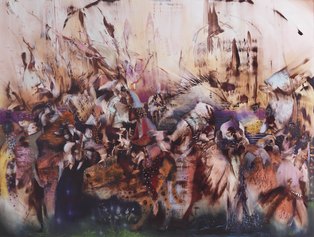
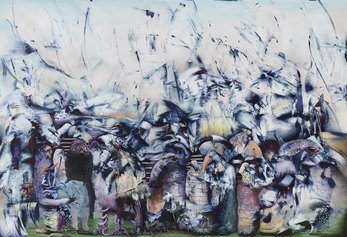
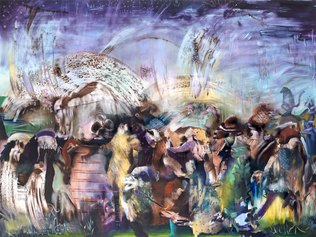
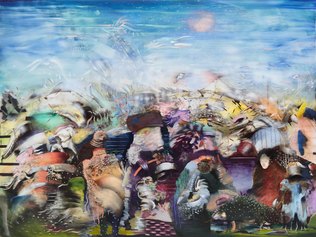
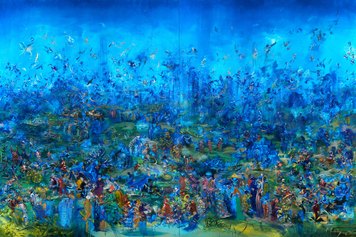
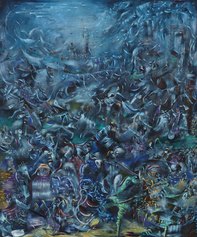
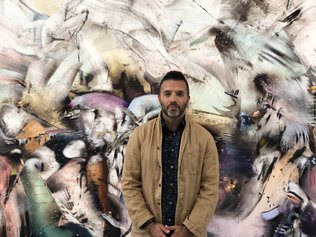
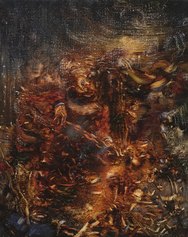

 itinerarinellarte.it è un sito che parla di arte in Italia coinvolgendo utenti, musei, gallerie, artisti e luoghi d'arte.
itinerarinellarte.it è un sito che parla di arte in Italia coinvolgendo utenti, musei, gallerie, artisti e luoghi d'arte.